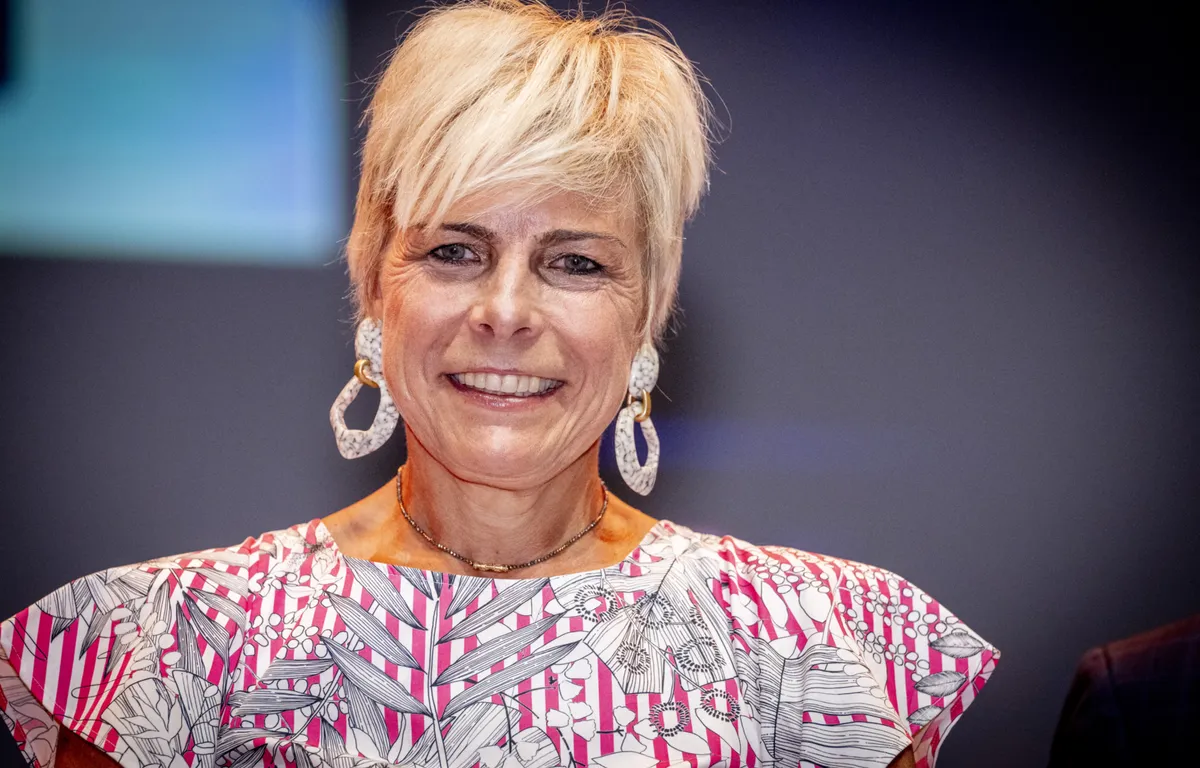– We have no problem with continuing the exhumations. We only have a request to the government in Poland to also commemorate the Ukrainians. We want it to be bilateral – said the Minister of Foreign Affairs of Ukraine Dmytro Kuleba when asked when Poland would be able to carry out the exhumations of the victims of the Volhynian massacre. He appealed to leave “history to historians” and build the future together. The head of the Polish Ministry of Foreign Affairs Radosław Sikorski said that the historical issue “is a problem” in relations with Ukraine.
On Wednesday, during a meeting with the Ministers of Foreign Affairs of Poland and Ukraine – Radosław Sikorski and Dmytro Kułeba, participants of the Campus Poland of the Future asked the Ukrainian diplomat, among other things, about the difficult historical issues dividing our countries.
One of the participants asked when Poland would be able to carry out the exhumations of the victims of the Volhynian massacre, especially since Poland has been greatly supporting Ukraine in the war with Russia that has been going on for over two years.
See also: Kuleba: do not be afraid of Russia’s reaction, we are not afraid
Dmytro KulebaPAP/Tomasz Waszczuk
Kułeba: Let’s leave history to historians and build the future together
Dmytro Kuleba pointed out that the Campus participants meet in Olsztyn, where the Ukrainian population was resettled in 1947 as part of Operation Vistula. – You are aware of what Operation Vistula was and you know that all those Ukrainians were forcibly expelled from Ukrainian territories to live, among other places, in Olsztyn – Kuleba asked the person asking the question.
He also admitted that they had discussed the exhumation in Volhynia with Minister Sikorski. – We have no problem with continuing the exhumation. We only have a request to the government in Poland to also commemorate the Ukrainians. We want it to be bilateral – he said.
– And if our relationship were to be dominated by emotions, we would find ourselves in a place where Russia would win. There are provocations in the area of history, which are organized by Russia. So I think: let’s leave history to historians, and let’s build the future together. Let the future be for you – said Kułeba.
Sikorski: the historical issue is a problem in our relations
Radosław Sikorski was asked about the conversation with Dmytro Kułeba about the exhumation of victims of the Volhynian massacre and the victims of the “Vistula” action. – Over the course of several hundred years, the balance of wrongs between neighbors is never “one-sided” – said Sikorski.
– So we have a choice: either we can deal with the past, which is important, our victims deserve a Christian burial, but unfortunately we are not able to bring them back to life, or we can focus on building a common future, so that the demons do not speak in our societies and so that the common enemy does not threaten us in the future. I prefer the second approach – he added.
He admitted that the historical issue “is a problem in our relations, which I hope Ukraine will solve in a spirit of gratitude for the help that Poland provides it with.”
Dmytro Kuleba, Radosław SikorskiPAP/Tomasz Waszczuk
The Volhynian Massacre
On July 11, 1943, Ukrainian nationalists attacked Polish residents of 150 towns in Volhynia. In the years 1943-1945, approximately 100,000 Poles were murdered in Volhynia, Podolia, and Eastern Galicia by units of the Ukrainian Insurgent Army and the local Ukrainian population.
The Volhynian massacre is one of the most dramatic episodes of World War II and the fate of Poles. In contrast to the murders committed by German and Soviet occupiers, the genocide in Volhynia was often committed by the victims’ neighbors, whose ancestors had inhabited the same villages and settlements with Poles for many decades.
The Volhynian massacre was not a spontaneous outburst of hatred, but the result of the long-term influence of the ideology of Ukrainian nationalism, which set itself the main goal of creating an independent, ethnically uniform Ukraine by murdering and expelling Poles and representatives of other nationalities. Attempts were made to implement this plan as early as September 1939, when the first murders of Poles and attacks on Polish manors took place.
The perpetrators of the Volhynian crime were the Organization of Ukrainian Nationalists – the faction of Stepan Bandera, the Ukrainian Insurgent Army subordinated to it, and the Ukrainian population participating in the murders of their Polish neighbors. The OUN-UPA called its actions “anti-Polish action.” This term concealed the intention, which was to murder and expel Poles, so that Ukraine would become a completely ethnically homogeneous country.
Operation “Vistula”
Operation Vistula was carried out between April and the end of July 1947 by the communist authorities. Its formal goal was to eliminate the Ukrainian Insurgent Army and the Organization of Ukrainian Nationalists. The pretext justifying the displacement of Ukrainian residents and the application of collective responsibility to them was the shooting of Deputy Minister of National Defense Gen. Karol Świerczewski in an ambush organized by the UPA on March 28, 1947. The operation involved approximately 140,000 people who were displaced to the so-called Recovered Territories.
In mid-August, the District Court in Warsaw overturned the decision of the IPN prosecutor’s office to discontinue the investigation into the “Vistula” action. It did not agree with the argument that the deportation of 140,000 Ukrainians and Lemkos carried out in 1947 was not a communist crime.
photo-source">Source of the main photo: PAP/Tomasz Waszczuk

